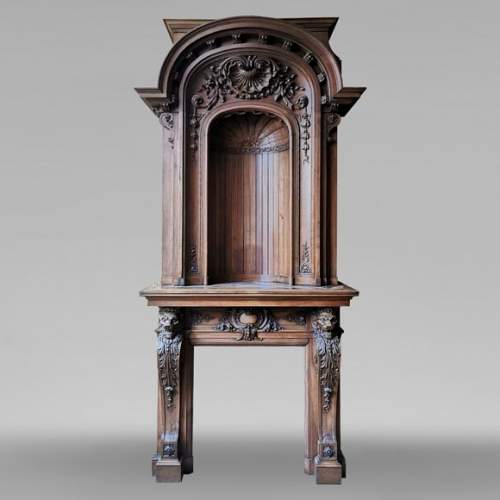Your selection is currently empty.
Here are the latest objects in our stock:
Dimensions:
Width: 170
Height: 374
Depth: 65
Inner width: 92
Inner height: 102
Dimensions:
Width: 55
Height: 23
Depth: 23
Dimensions:
Width: 133
Height: 274
Depth: 70
Dimensions:
Width: 186
Height: 276
Depth: 121
Dimensions:
Width: 238
Height: 307
Depth: 73
Dimensions:
Width: 241
Height: 653
Depth: 241
Dimensions:
Width: 186
Height: 226
Depth: 121
Dimensions:
Width: 169
Height: 121
Depth: 35
Inner width: 118
Inner height: 96
Dimensions:
Width: 86
Height: 194
Depth: 44
Diameter: 44
Dimensions:
Width: 55
Height: 268
Depth: 55












